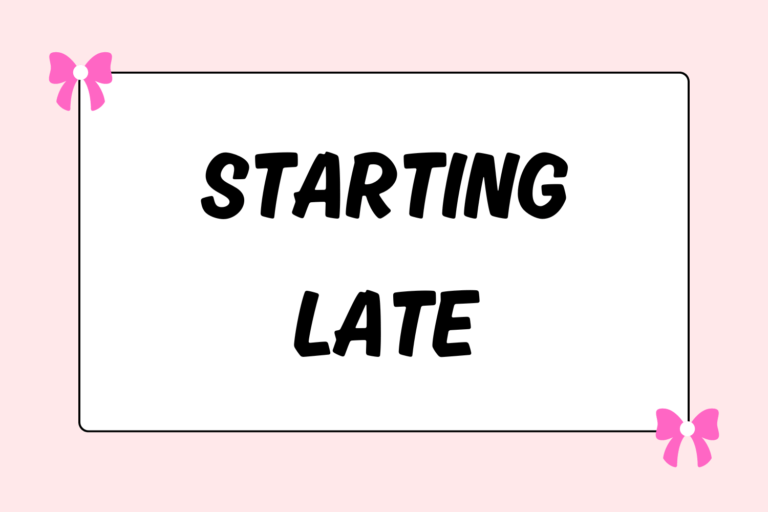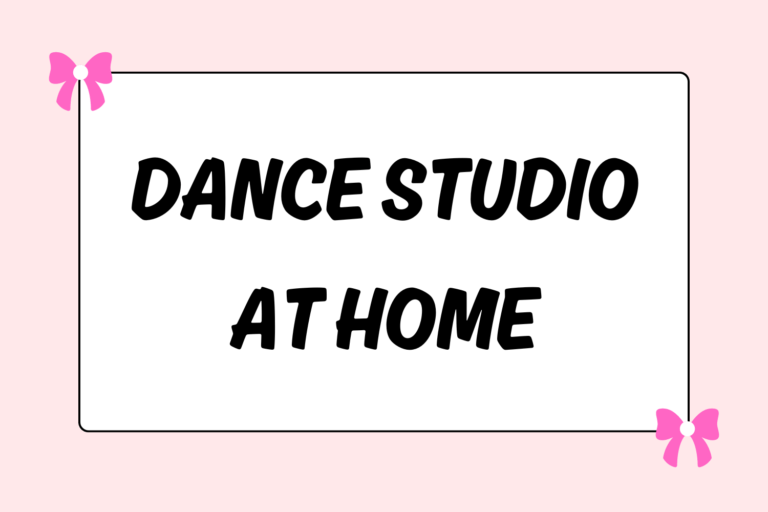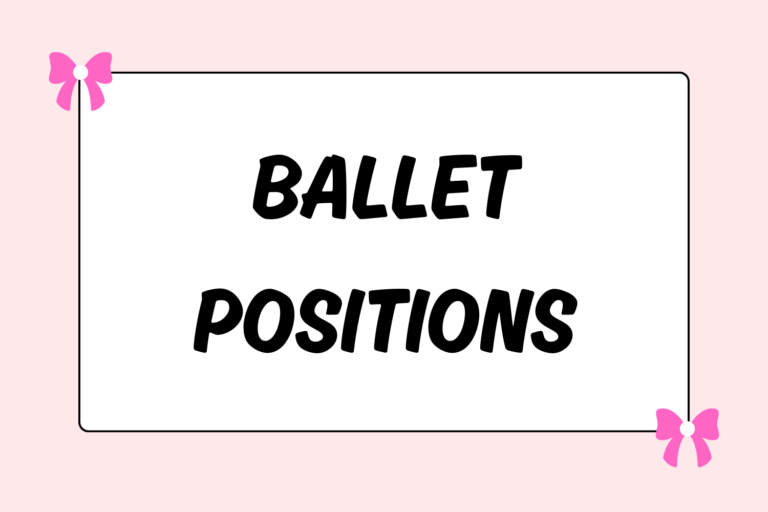If you’re a ballerina looking for ways to make those torturous contraptions known as pointe shoes more (relatively) comfortable, here are some common break-in methods. Be aware that many of them can significantly shorten the life of your shoe, so try it on an old pair first to make sure it’s what you want to do.
Water & Alcohol
Both water and alcohol are frequently used to soften parts of pointe shoes. If the box is a bit too tight or pressing on a tender bunion, dancers can ease the pain by adding a small amount of water or rubbing alcohol to the corresponding area on the outside of the box of the pointe shoe. Alcohol is usually preferred, as it dries much faster and doesn’t wear down the satin as much.
Additionally, water is frequently used by dancers who have “disappearing” heels; this means their feet are wide at the metatarsal and especially narrow at the heel which causes the shoe to slip off the end. Adding a small amount of water to the heel of the shoe before class can—along with tight elastics—keep it on your foot.
Scrapers/Roughers
These odd looking, 10 dollar contraptions that resemble hair brushes made of metal are a great alternative to rosin for making non-slip soles.
The key to their success? The rougher scrapes off staggered sections of the sole which gives it an uneven and coarse surface. This, in turn, gives you greater traction in everything from jumps to runs.
Door Bending
A practice that can shorten the life of a shoe more than any other, bending your shank at the three-quarter pointe in a door frame is generally not the best idea. However, many dancers (particularly professionals) prefer to break in their shoes this way, as it provides a quick and very forceful way of manipulating the shank.
This, combined with the dancer’s experience and knowledge in terms of where she needs the shoe to bend, allows her to have performance ready shanks in less than half an hour. Definitely a plus when going into a theater with new shoes—not the best idea when it comes to bringing your pointes into the studio for long rehearsals and classes.
Pounding Pavement
The loud banging noise coming from the alley behind the studio is probably just a ballerina smashing the bottoms of her pointe shoes on the asphalt. The theory behind this particular madness is that banging the boxes of the shoes on a hard surface softens up the layers of canvas of which they are made. This in turn makes the shoes quieter during class or performances.
That, and many dancers believe they can drive the noisy jump demons out of their shoes with bodily harm.
Burn Baby Burn
Using a lighter on the satin parts of the shoe is one of the oldest and most common shoe rituals. Once satin is trimmed from the platform of a shoe—making it less slippery—a dancer can rotate the edges of over a flame to lightly singe it. Due to its naturally slick threads, the satin then melts, forming a gluey edging that prevents fraying.
This practice is most handy when trimming platform satin or ribbons, although some dancers find it useful on other satiny surfaces, such as hair ribbons and altered shoe sides.
Hot Tip: Beware the Brand
Dancers who are eager to singe their shoes should take note of the brand before lighting up. Russian Pointe and Gaynor Minden shoes are, for different reasons, unable to be burned usefully. Avoid singing these shoes to prevent pointe shoe infernos (or house fires)!
Feeling Vamp
Look closely at many professional ballerinas’ shoes and you may notice a subtle yet odd looking piece of elastic stretched across the throat of the shoe. This sheet, known as vamp elastic (due to its placement across the vamp of the shoe), is super helpful for dancers with flexible feet.
The elastic functions to extend the vamp in a supportive but flexible way. This keeps “banana feet” from popping out over the box and standing too far forward on the platform. While some dancers use specially made vamp elastic, many opt to stitch on remnants of their elastics.
Find Your Groove
There are countless bizarre, but beneficial ways to break in your pointe shoes. Before you search for a lighter or door frame to abuse, study your old pointe shoes and see what it is that make them so comfy: A squishy shank? Softer box?
Knowing what is comfortable for you will help you break in new shoes faster.





